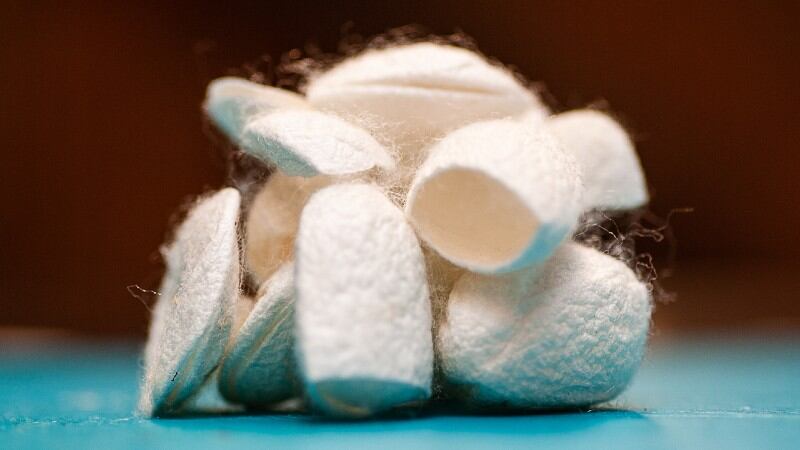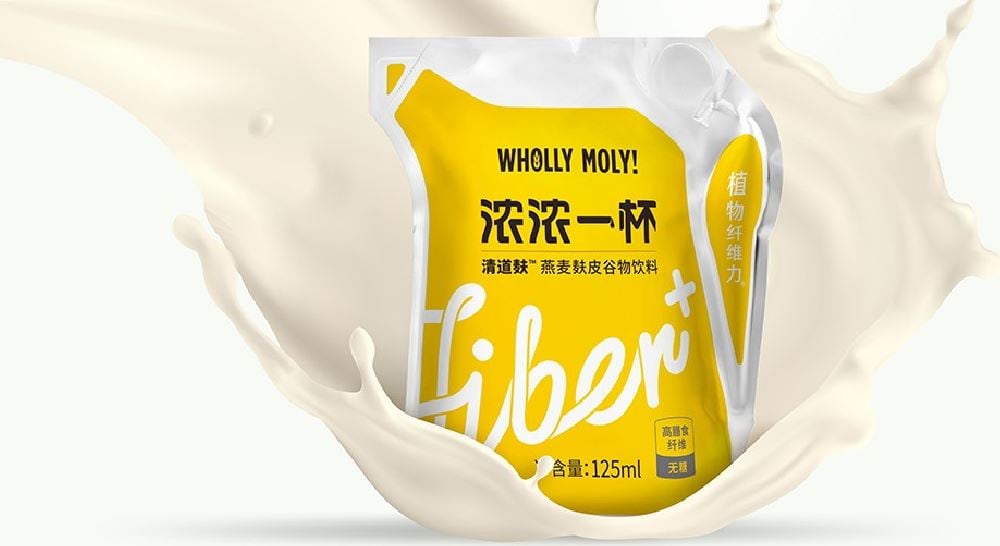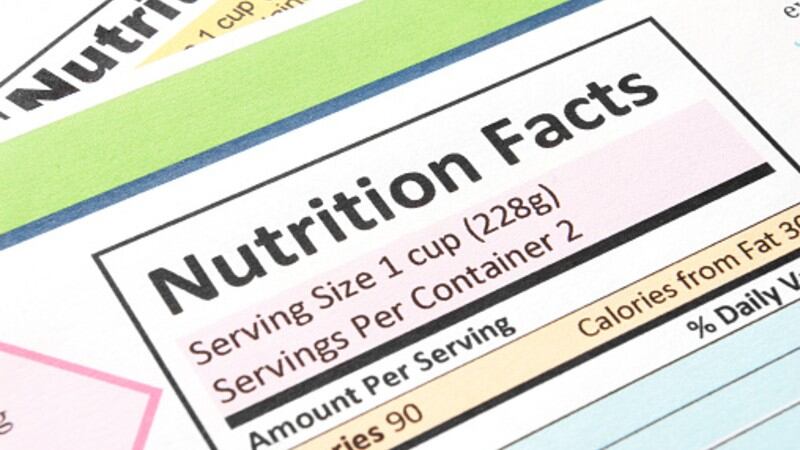The edible silk coating has already been proven to help extend the shelf life of multiple types of food from strawberries to kale to meat and fish and even both hard and soft candies and granola – and tech inventor Professor Benedetto Marelli from the MIT and the Singapore-MIT Alliance for Research and Technology (SMART), MIT’s research enterprise in Singapore, believes that the possibilities are boundless.
“There are several main properties a barrier needs to have to protect food such as keeping oxygen out and keeping water in –Silk can do both of these, and this is unusual as most natural barriers can only do one or the other, but its molecular structure allows for this,” Prof Marelli told FoodNavigator-Asia.
“In addition, silk is normally used for cocoons which means they already have a protective function against microorganisms – here, what we’re producing is not completely antimicrobial, but it can delay microbial spoilage as the microbes don’t have the right enzymes to cut through the barrier.
“So we’ve seen an array of various protective results with different foods - when used with kale the silk coating has managed to reduce wilting, yellowing and rot, on cherries it reduces dehydration and pitting, on fish it’s helped maintain colour and smell-life, and on candies it’s protected against water and oxygen damage.”
A company named Mori (after the Bombyx mori silkworm) has been established to look into the technology’s commercialisation, and Prof Marelli told us that the first target will be high-value products.
“The reason we’ll be looking at high-value products first is because we are aware that it will not be so straightforward to enter the market and expect a big change so quickly – so we’re going with the more expensive fruits like cherries, avocadoes, mangoes and the like first,” he said.
“In terms of cost though, it really won’t be as expensive as people seem to think – silk is generally perceived as expensive because of the textile industry and the luxury applications there which use high quality cocoons that need a lot of skills to manage, and can cost up to US$100 per kg.
“We don’t need that – we can use anything that textile considers not good enough and is ‘wasted’ there or cocoons from elsewhere. So eventually I would estimate that the cost can go down to less than or around US$1 per kg or so, depending where the silk is sourced from – our aim really is to be competitive enough to reach more supply chains.
“The yield is already pretty high – at present we can get about 75% to 80% of the silk from raw cocoon to the edible coating, and we are working to scale this further up.”
In addition, he highlighted that the benefits of using such a coating would more than make up for any of this – it would retain water and keep the food in good selling condition, and most food suppliers sell based on weight so this would help them to sell for higher prices.
Edible and undetectable
Silkworms spin out silk as fibres to make the cocoons, and what Prof Marelli’s team does is basically to reverse engineer the cocoon, to get the silk nanoparticles in water, then let this assemble to make a membrane.
“Silk is strong yet also very conformable – it will wrap itself very precisely at the nano-scale around the food, and is also very thin at less than 10 microns so it can form a defect-free membrane thinner than a strand of hair around the food,” he said.
Importantly, this silk coating is transparent and completely odourless and tasteless, so will not change the texture, smell, taste or even hue (like the shiny hue wax gives to apples).
It can be made in two forms – water-soluble to be washed off once it reaches its final destination, or water-insoluble that will remain even after washing, but is completely edible.
“Silk is just a protein and it is naturally already edible. We’ve also already applied for and received GRAS approval for this as a food ingredient in the US, so it is definitely safe to eat,” said Prof Marelli.
The coating can be applied on foods anywhere in the supply chain via either spraying it on or dipping the foods into a silk solution, but Prof Marelli urged for the application to be done as early as possible at harvest or when fish or meat is freshly cut, especially for the antimicrobial properties.
“Existing tools and technology can be retrofitted to wash the foods and then spray or deep coat with the coating, instead of incurring extra cost,” he said.
Mori is already working with food partners to pilot the technology under non-disclosure agreements for now, and the hope is that scale-up and launch of the first product will take place in 12 to 18 months.
Silk to reduce plastic packaging
Another area with mass potential is in packaging – silk-based packaging is on the radar for Prof Marelli and team, but he said this would take some time to scale up due to the higher weight and costs for a packaging application.
That said, he added that using the edible coating would already contribute to a reduction in the need for plastics as it is.
“Once the food is coated with the silk and the barrier protection is in place, the amount of plastic used in its packaging can already be reduced, the thickness of the plastic component can be brought down so as to reduce environmental impact,” he said.
“Asia is humid with high temperatures and has tough conditions to design packaging for, so silk really can help – it can be very hydrophobic which will help in a high humidity environment, and the protein is stable to 200°C so high temperature is not an issue. More study is needed, but the potential is there.
“More importantly though is that this coating will be able to help with the food waste issue, of which there are vast amounts in South East Asia, with a lot starting from the top of the supply chain, then from storage and mishandling – if shelf life can be extended with this technology, the impacts can be tremendous.”
If so, this would have massive potential for most food companies in the region, including big firms like Nestle which previously highlighted Asia’s climate as a major barrier for packaging development.





